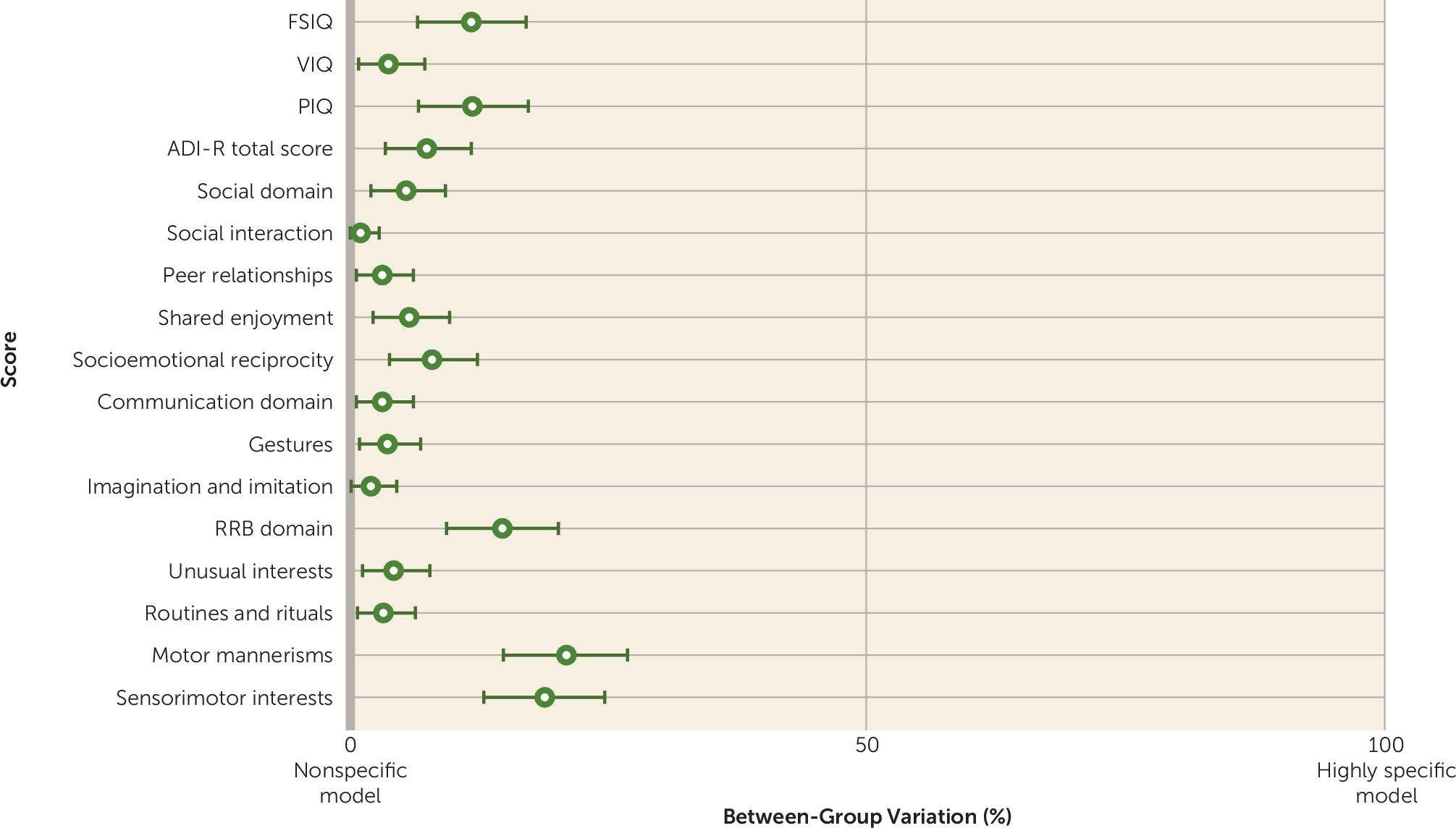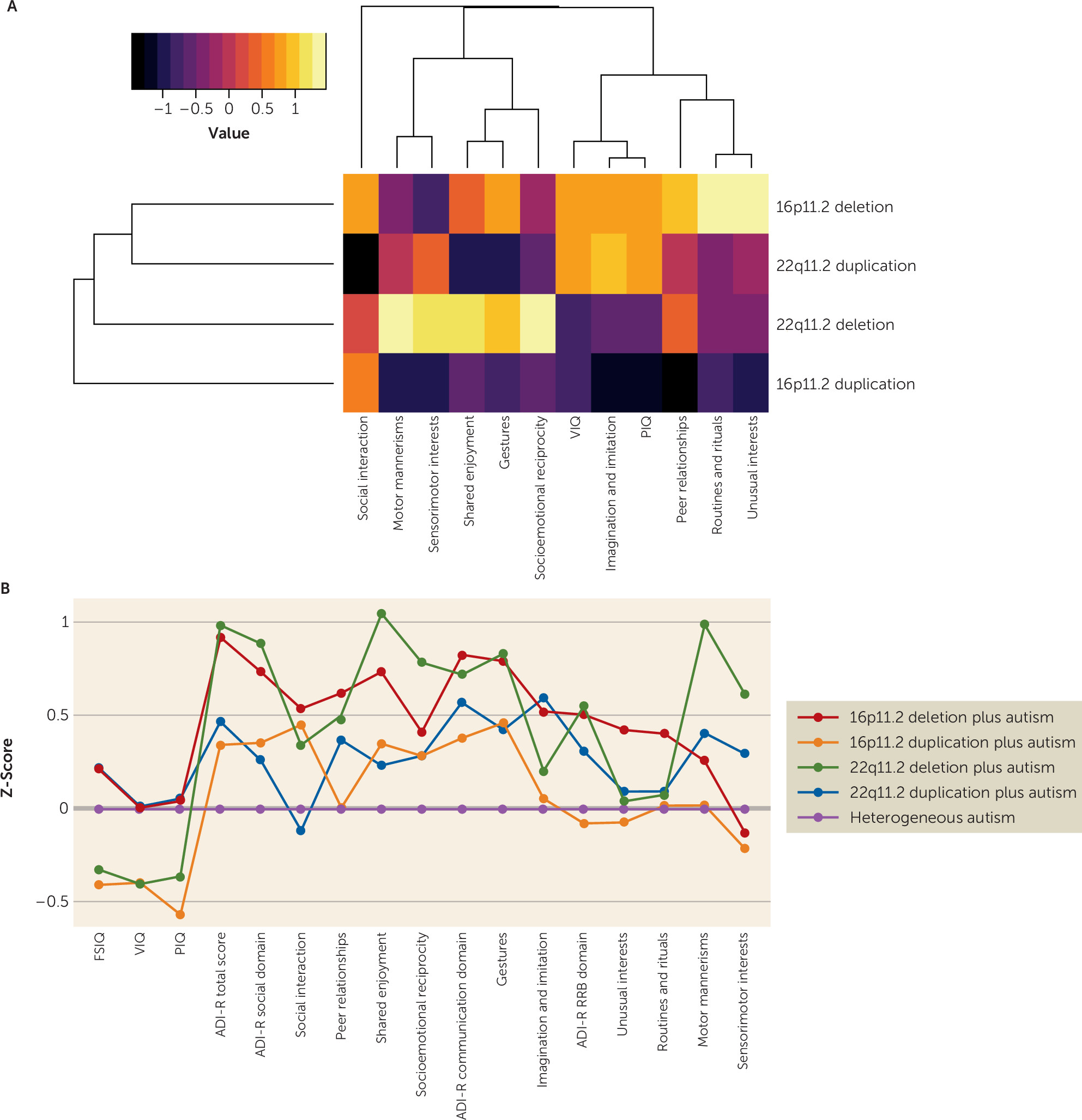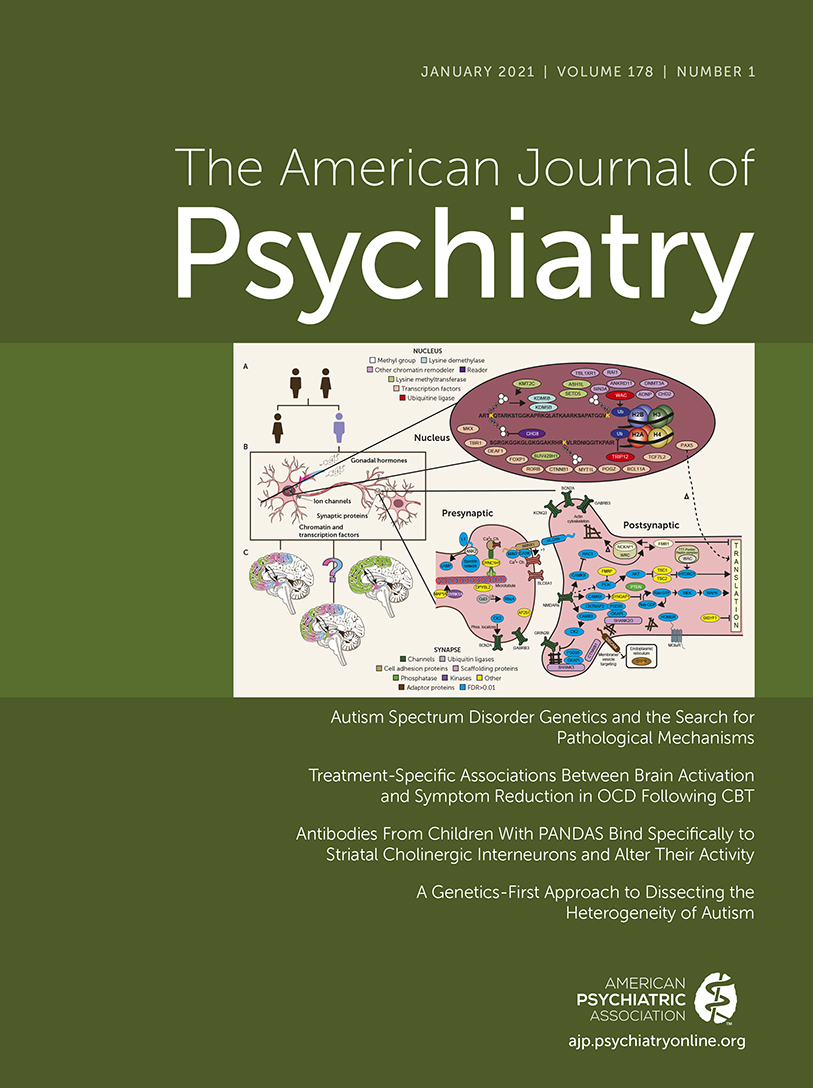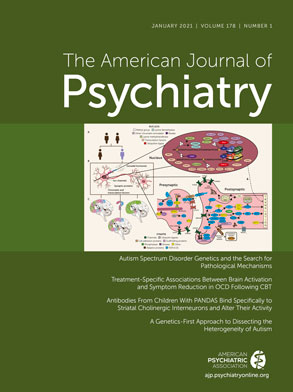A Genetics-First Approach to Dissecting the Heterogeneity of Autism: Phenotypic Comparison of Autism Risk Copy Number Variants
Abstract
Objective:
Methods:
Results:
Conclusions:
Methods
Participants
Genetics-first cohorts.
Heterogeneous autism cohort.
| Genetics-First Cohorts | Sample Size | Male | Age (years) | Autism | |||
|---|---|---|---|---|---|---|---|
| N | % | Mean | SD | N | % | ||
| 16p11.2 deletion | 82 | 43 | 52 | 9.6 | 3.7 | 35 | 43 |
| Europe | 12 | 7 | 58 | 10.3 | 4.4 | 7 | 58 |
| United States | 70 | 36 | 51 | 9.5 | 3.6 | 28 | 40 |
| 16p11.2 duplication | 50 | 35 | 70 | 10.8 | 6.7 | 29 | 58 |
| Europe | 17 | 16 | 94 | 12.6 | 8.6 | 13 | 76 |
| United States | 33 | 19 | 58 | 9.9 | 5.4 | 16 | 48 |
| 22q11.2 deletion | 370 | 182 | 49 | 13.4 | 3.4 | 85 | 23 |
| Europe | 215 | 102 | 47 | 13.7 | 2.4 | 50 | 23 |
| United States | 155 | 80 | 52 | 12.9 | 4.4 | 35 | 23 |
| 22q11.2 duplication | 45 | 35 | 78 | 10.1 | 4.3 | 20 | 44 |
| Europe | 11 | 9 | 82 | 10.3 | 2.8 | 6 | 55 |
| United States | 34 | 26 | 76 | 10.0 | 4.7 | 14 | 41 |
| Heterogeneous autism | 2,027 | 1,753 | 86 | 9.1 | 4.9 | 2,027 | 100 |
| Europe | 848 | 731 | 86 | 8.6 | 4.8 | 848 | 100 |
| United States | 1,179 | 1,022 | 87 | 9.5 | 5.0 | 1179 | 100 |
Autism Assessment
Cognitive Assessment
Statistical Analysis
Autism prevalence in genetic variant groups.
Autism profiles between genetic variant groups.
Results
Autism Prevalence in Genetic Variant Groups
Autism Profiles Between Genetic Variant Groups
| 16p11.2 Deletion | 16p11.2 Duplication | 22q11.2 Deletion | 22q11.2 Duplication | Between-Group Variation | Within-Group Variation η2 (%) | ||||||||||
|---|---|---|---|---|---|---|---|---|---|---|---|---|---|---|---|
| Measure | N | Mean | SD | N | Mean | SD | N | Mean | SD | N | Mean | SD | pb | η2 (%) | |
| Cognitive scores | |||||||||||||||
| FSIQ | 80 | 81.3 | 15.4 | 50 | 70.9 | 22.4 | 337 | 70.3 | 13.5 | 32 | 88.1 | 21.1 | <0.001 | 11.7 | 82.2 |
| VIQ | 80 | 78.2 | 18.6 | 49 | 73.6 | 24.4 | 329 | 72.8 | 13.9 | 32 | 84.2 | 18.9 | <0.001 | 3.7 | 91.7 |
| PIQ | 81 | 85.7 | 15.2 | 50 | 71.9 | 22.4 | 333 | 72.3 | 14.3 | 32 | 87.1 | 21.7 | <0.001 | 11.8 | 84.8 |
| ADI-R scores | |||||||||||||||
| Total score | 82 | 22.0 | 11.8 | 50 | 27.7 | 14.0 | 370 | 16.7 | 11.9 | 45 | 21.2 | 15.4 | <0.001c | 7.4 | 88.7 |
| Social domain | 82 | 12.9 | 7.5 | 50 | 15.8 | 8.0 | 370 | 10.1 | 7.2 | 45 | 12.4 | 9.5 | <0.001c | 5.4 | 91.3 |
| Subdomains | |||||||||||||||
| Social interaction | 82 | 2.4 | 1.9 | 50 | 2.9 | 2.0 | 370 | 2.2 | 2.0 | 45 | 2.5 | 2.2 | 0.120 | 1.0 | 96.6 |
| Peer relationships | 82 | 4.2 | 2.3 | 50 | 4.9 | 2.6 | 370 | 3.5 | 2.4 | 45 | 3.8 | 2.8 | <0.001c | 3.1 | 94.2 |
| Shared enjoyment | 82 | 2.5 | 2.2 | 50 | 3.2 | 2.0 | 370 | 1.7 | 1.8 | 45 | 2.5 | 2.4 | <0.001c | 5.7 | 90.1 |
| Socioemotional reciprocity | 82 | 3.9 | 2.5 | 50 | 4.8 | 2.5 | 370 | 2.7 | 2.2 | 45 | 3.7 | 2.9 | <0.001c | 7.9 | 89.8 |
| Communication domain | 82 | 5.8 | 3.7 | 50 | 6.5 | 4.9 | 370 | 4.5 | 3.8 | 45 | 5.4 | 4.3 | <0.001c | 3.1 | 93.6 |
| Subdomains | |||||||||||||||
| Gestures | 82 | 2.4 | 2.5 | 50 | 3.1 | 2.9 | 370 | 1.7 | 2.3 | 45 | 2.7 | 2.6 | <0.001c | 3.6 | 94.7 |
| Imagination and imitation | 82 | 3.5 | 1.8 | 50 | 3.4 | 2.3 | 370 | 2.8 | 2.0 | 45 | 2.7 | 2.1 | 0.009c | 2.0 | 92.2 |
| RRB domain | 82 | 3.3 | 2.2 | 50 | 5.3 | 2.6 | 370 | 2.1 | 2.3 | 45 | 3.3 | 2.9 | <0.001c | 14.7 | 81.7 |
| Subdomains | |||||||||||||||
| Unusual interests | 82 | 0.8 | 1.0 | 50 | 1.6 | 1.1 | 370 | 0.8 | 1.0 | 45 | 0.9 | 1.0 | <0.001c | 4.2 | 92.8 |
| Routines and rituals | 82 | 0.5 | 0.9 | 50 | 1.1 | 1.3 | 370 | 0.5 | 1.0 | 45 | 0.8 | 1.1 | <0.001c | 3.2 | 96.2 |
| Motor mannerisms | 82 | 0.9 | 0.9 | 50 | 1.2 | 0.9 | 370 | 0.2 | 0.5 | 45 | 0.8 | 0.9 | <0.001c | 20.9 | 77.8 |
| Sensorimotor interests | 82 | 1.2 | 0.8 | 50 | 1.5 | 0.7 | 370 | 0.5 | 0.7 | 45 | 0.8 | 0.9 | <0.001c | 18.8 | 74.0 |


Gender
Discussion
Conclusions
Acknowledgments
Footnote
Supplementary Material
- View/Download
- 400.69 KB
References
Information & Authors
Information
Published In
History
Keywords
Authors
Competing Interests
Funding Information
Metrics & Citations
Metrics
Citations
Export Citations
If you have the appropriate software installed, you can download article citation data to the citation manager of your choice. Simply select your manager software from the list below and click Download.
For more information or tips please see 'Downloading to a citation manager' in the Help menu.
View Options
View options
PDF/EPUB
View PDF/EPUBLogin options
Already a subscriber? Access your subscription through your login credentials or your institution for full access to this article.
Personal login Institutional Login Open Athens loginNot a subscriber?
PsychiatryOnline subscription options offer access to the DSM-5-TR® library, books, journals, CME, and patient resources. This all-in-one virtual library provides psychiatrists and mental health professionals with key resources for diagnosis, treatment, research, and professional development.
Need more help? PsychiatryOnline Customer Service may be reached by emailing [email protected] or by calling 800-368-5777 (in the U.S.) or 703-907-7322 (outside the U.S.).

